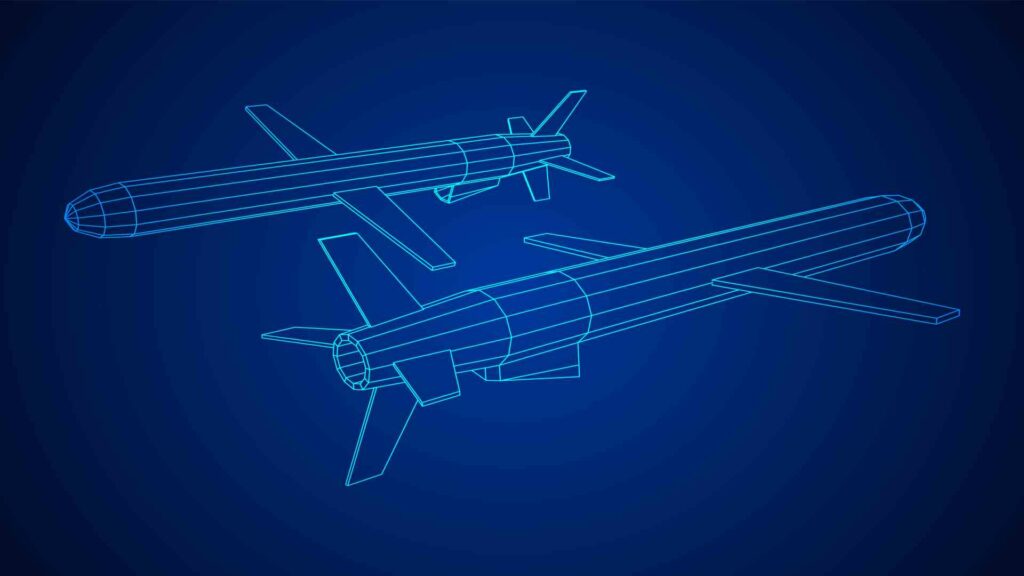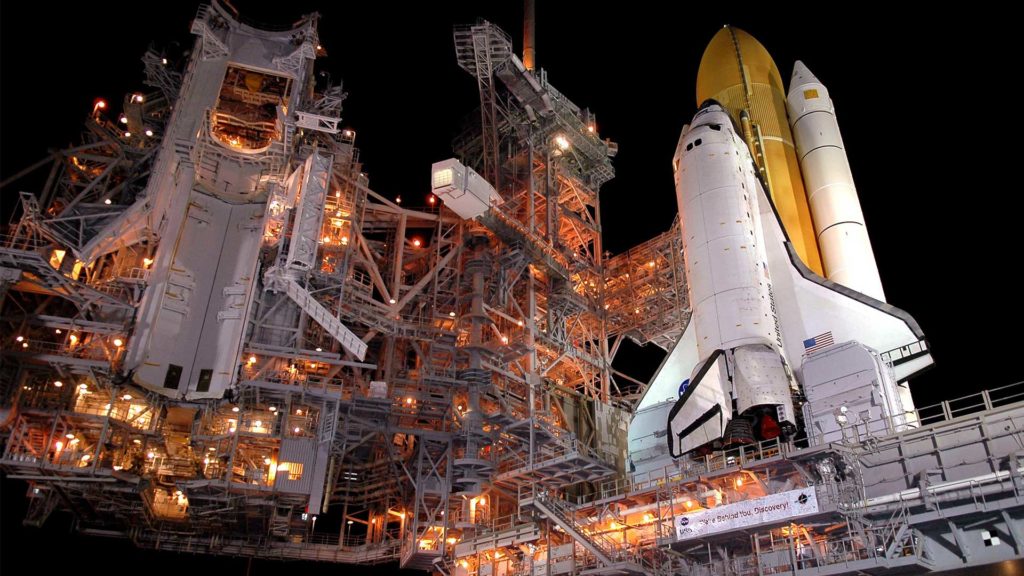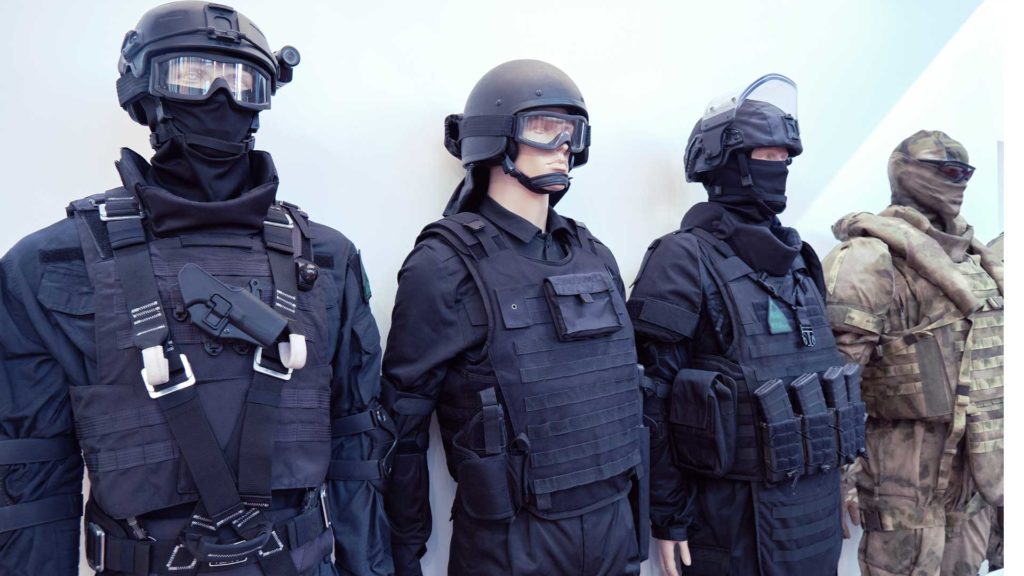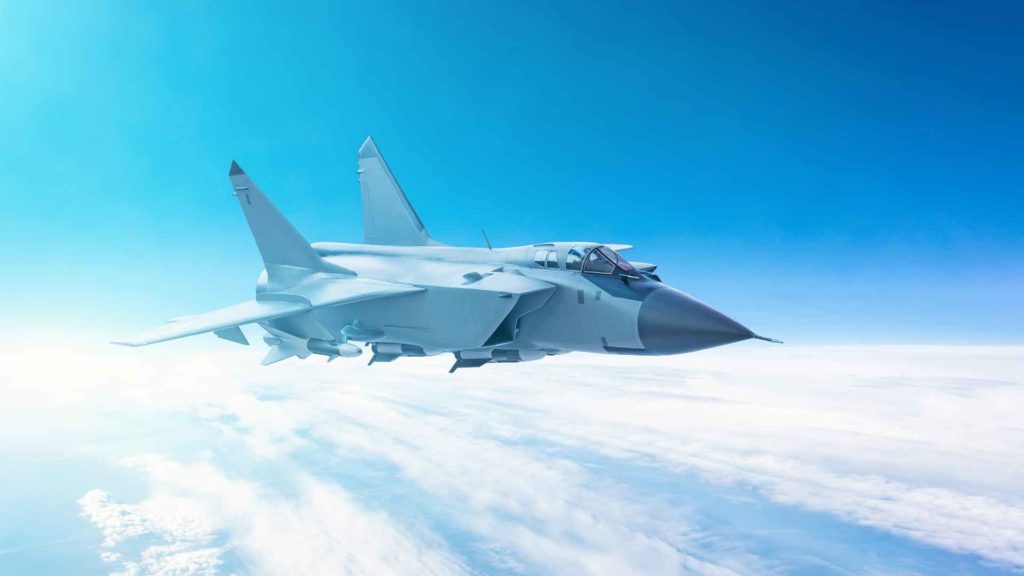Boron Demand in Ukraine Military Conflict
The tragic scenes unfolding on our screens daily of the conflict in Ukraine are a powerful reminder of the need for protective materials to minimise injury and fatalities among the military personnel and civilians. Military hardware requires strong, light, malleable, durable and anti-corrosive materials. Boron is a key material used in bulletproof vests, bulletproof armour, in helicopter skins and on aircraft as well as an anti-corrosive in weaponry.
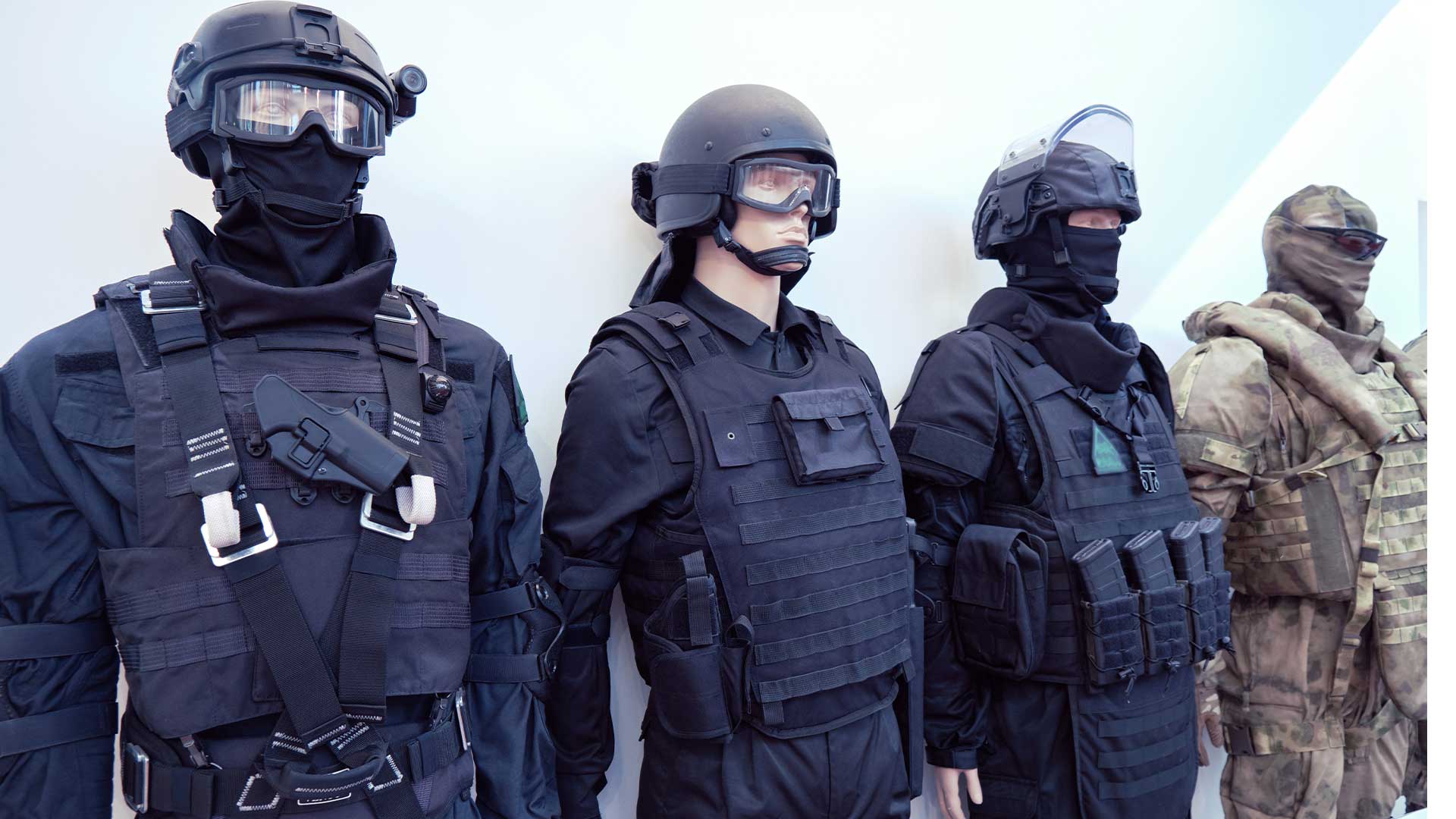
Boron Demand in Ukraine Military Conflict
What is Military Hardware?
Military technology is a wide range of tools created for the sole purpose of being utilized during wartime situations. Military technology includes a range of weapons, equipment, structures and vehicles specifically for warfare.
Knowledge required to construct military tech is also included in this field. Innovative, high-tech military weapons and equipment are the backbone of any fighting nation. That’s why military research is so important: to develop cutting-edge hardware for warfare and keep that hardware ready to go in case of emergency.
Like Never Before: How Boron Will Reshape Military Hardware
Boron is an element that military contractors have used for decades. In recent years, it’s been primarily used as a strengthening additive to create steel alloys with increased hardness and toughness compared to traditional steel. Behind this research lies a team of scientists from Lawrence Livermore National Laboratory (LLNL) who developed a new technique that may make improved boron alloys more cost-effective than ever before.
In a remarkable turn of events, the US Department of Defence (DoD) has announced that they are abandoning titanium in favour of boron for military hardware. The move is touted as part of a new initiative to “modernize”. Titanium was first used extensively during World War II. It wasn’t until later that it became known as one of the most versatile metals on Earth. Boron, however, isn’t even classified with an atomic number yet! That means its potential applications could shape how we do everything from building houses to making weapons systems.
Turkey is preparing to strengthen its national defence industry through a boron carbide plant built by a Chinese company and operational in 2021 in the north-western province of Balikesir, Turkish Minister of Energy and Natural Resources. The plant would make Turkey’s defence sector more “powerful, dynamic and active” by increasing the ratio of the production of domestic goods.
“We will be able to use boron carbide in the production of military equipment, such as steel shells, protective vests, helicopters, and tanks which require high hardness and strength,” said the minister. He said Turkey has 3.3 billion tons of boron, accounting for 73 per cent of the world reserves and 59 per cent of the world market.
Boron Carbide Ceramics and Military Applications
Boron carbide is a newer non-oxide ceramic material that has been the subject of much research in recent years. Unlike some ceramics, boron carbide can be used for high-temperature applications like space exploration and nuclear reactors because it melts at an extremely high temperature (3200° C).
With ease, it also resists corrosion from chemicals such as sodium hydroxide, oxygen gas, or sulphur dioxide. These properties make it valuable to industries related to national defence and military manufacturing where they are needed most.
Bulletproof vests: In the early 1960s, Second Chance developed one of America’s first bulletproof vests. This new product was made from boron carbide and Kevlar fibres that were even stronger than their predecessors-nylon composites with aluminium mesh inserts.
By 2012, about 68000 sets had been released to military personnel for use in combat zones like Afghanistan and Iraq; more countries are adopting this protective measure as well: Israel has also produced its versions using these materials, which have proven to be just as effective against bullets fired at close range or shrapnel blasts from explosions near the wearer’s body armour. For the ultimate protection, there’s nothing better than our bulletproof vests that are made to take on anything you come across.
With a design inspired by boron carbide ceramics, these new and improved bulletproof vests will give you optimum protection from potential threats with their 9mm calibre rating.
Bulletproof armour: Bulletproof armour protects soldiers from gunfire, but the result is a hefty set of body armour. Boron carbide ceramics is an advanced material that can make lightweight armour without sacrificing protection. Bulletproof armours made with boron carbide ceramics are much more comfortable and efficient.
Armoured ceramic materials are mainly used in bulletproof armoured vehicles. These single-phase ceramics include alumina, boron carbide, and silicon carbides to protect from bullets and other hazards that come their way. Armoured ceramic material is also made into composite armour for additional protection on the vehicle’s roof, hatch cover, or exhaust plate, among many others; it can be seen as a staple of tank car weaponry too.
Armed helicopter: Boron carbide ceramics form an essential part of the rotor blade for the armed helicopter because it is durable under high temperatures and offers superior wear resistance. Boron carbide ceramics are often used in helicopters because they protect from long-term wear and flexing without making the aircraft heavy. They’re also incredibly durable, dependable, and strong.
Boron carbide ceramics offer a lightweight, robust alternative to the traditional materials used in aircraft. For example, boron carbide and Kevlar composite armour have been widely used in Black Hawk helicopter passenger seats since their introduction into the United States military service; this combination is also found within the cockpit flooring of armed helicopters.
Neutron absorbing material: When a nuclear reactor operates, the neutron-absorbing material is integral. This assembly has four different types: control rods, regulating rods, accident rods, and safety rods.
Boron carbide has some unique attributes that make it desirable for use as a neutron-absorbing material, such as being able to absorb many neutrons before becoming radioactive itself while also having high absorption cross-section values because its isotopes have an excellent energy spectrum range which means they can be used at any temperature or pressure level with no significant changes necessary.
Shielding material: With the development of various nuclear reactors, there is a need for higher-quality shielding materials.
The requirements are increased every day, and many new items have been hard to keep up with production standards in terms of their properties such as radiation resistance, heat tolerance, mechanical strength, all while maintaining low costs. Boron carbide has become increasingly popular because it satisfies all these needs due to its stability against radioactivity and other anti-emission effects like thermal expansion or contraction, which any material would experience when exposed to high temperatures over long periods compared with other elements.
Boron Fibers and Military Applications
Boron fibres are produced as single filaments by the Chemical Vapor Deposition (CVD) of boron on tungsten wire or carbon filament. They have relatively large diameters compared to most other reinforcements, and they can be used in many applications such as protective clothing because it is solid but lightweight.
Military aircraft: Boron is a rare mineral with the unique property of being an excellent thermal conductor. It’s also light, and it doesn’t rust with other metals like aluminium. When repairing cracked aeroplane skins, all you need to do is insert boron fibres into the cracks to heal over time as they conduct heat from one part of the metal surface onto another without any corrosion or deterioration.
Boron fibre is a lightweight, high-strength material that stiffens military aircraft. It does so by limiting the movement and vibration of an aeroplane; every time there is turbulence or a large gust of air, the boron fibres protect against concussion injury to nearby components or passengers. Boron fibre also dampens noise up to 30 decibels through its ability to absorb sound waves.
Boron Nitride and Military Applications
Boron nitride is a thermally and chemically resistant refractory compound of boron and nitrogen with B.N. It exists in various crystalline forms that are isoelectronic to a similarly structured carbon lattice. The hexagonal form corresponding to graphite is the most stable and soft among B.N. polymorphs and is therefore used as a lubricant.
Additives in lubricants: The U.S. military needs new and powerful fuel to fill the need, but this often comes at a high cost because it can lead to accelerated gun barrel erosion–even shortening the useful life span of the barrels. Themselves!
However, boron nitride is an interesting potential additive for advanced fuels that could reduce wear on guns without sacrificing power or fouling (U.S. patent pending 2015-026P). Hexagonal Boron Nitride has low friction properties, making it perfect as a lubricant with excellent wear resistance capabilities, partly due to its oxidization resistant property, making it so well suited for use in high-temperature environments such as inside those hot metal tubes like guns.

